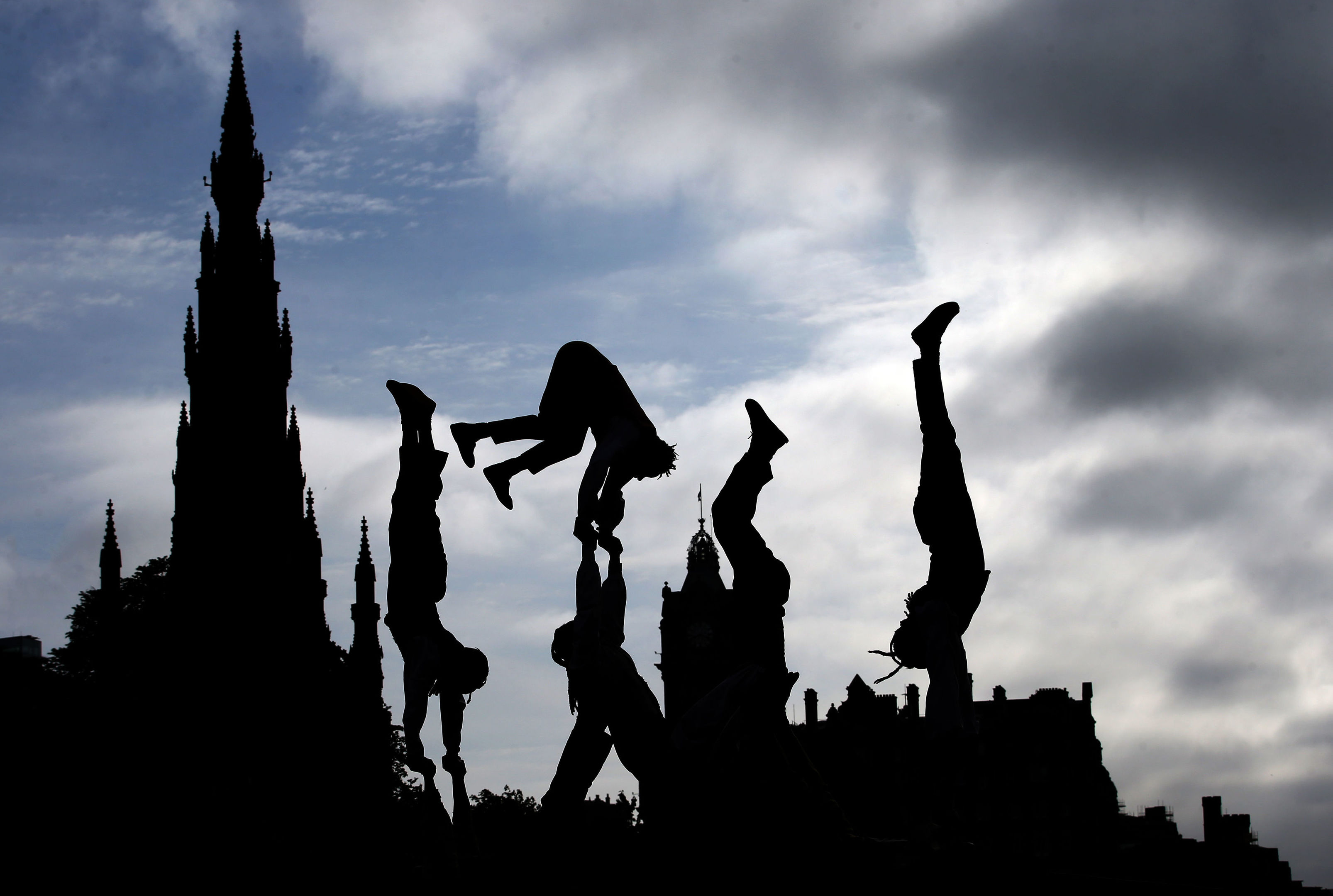
IT’S now in its 71st year, and with over 30,000 performers poised to entertain the masses this August, the Edinburgh Festivals are renowned as the biggest celebration of arts in the world.
A free event will open the Edinburgh International Festival tonight (Friday 3 August) officially kicking off festival proceedings across the city. The event will feature Anna Meredith’s Five Telegrams, inspired by five aspects of communication during the First World War and commemorating the lives lost a century ago.
But what about the Edinburgh Fringe Festival itself? Why did it begin? Why is it called the Fringe? Here are ten interesting facts about the Edinburgh Festivals you perhaps didn’t know.
1. The Edinburgh International Festival was created to make Europe friends again
It was 1947 and the war had just ended. The reverberations of post-war tensions were still very much apparent, so as an initiative to celebrate, enrich and create European cultural cohesion, the Edinburgh International Festival was formed.
2. The Edinburgh Festival Fringe was founded by gate crashers
The Edinburgh Festival Fringe is a completely different organisation from the Edinburgh International Festival. 71 years ago, eight hopeful theatre groups arrived uninvited in Edinburgh with the intention of performing at the newly formed Edinburgh International Festival.
Not being able to be a part of the EIF didn’t stop the groups however, and they decided to go ahead and stage their shows anyway. This created a whole new festival of performance which has grown into the epic summer festival we know today.
3. It’s all in the name.
The eight theatre groups in 1947 performed on the fringes of the Edinburgh International Festival – coining the now world renowned name.
4. It would take you five years to watch every performance at the Fringe.
How long do you have to spend in Edinburgh for the fringe festival? Most people visit for a few days to soak up the performances and a bit of the culture, but if you watched every performance scheduled at the Fringe, you’d be there for years on end. With over 30,000 performances taking place, unless you manage to create a time machine, it’s physically impossible to watch even 10% of the shows on offer.
5. In 2017, 2,696,884 tickets were sold.
That is a lot of tickets. In fact, with a standard ticket measuring 14cm, if you were to lay them all together, this equates to 234 miles worth of tickets. That’s long enough to reach from Dumfries to Inverness.
6. The Fringe helps make people famous.
Some of the biggest names in comedy tried their luck at the Fringe before hitting the big time.
Mike Myers, Steve Coogan, Miranda Hart, Emma Thompson, Graham Norton and Mel & Sue are just a few of the acts who some lucky people caught performing at the event before their careers took them towards the A-list.
7. The Fringe is one third comedy.
The Fringe is approximately one third comedy, one quarter theatre and one seventh music. Children’s shows make up 6 per cent of all shows, while Cabaret and Variety; Dance, Physical Theatre and Circus; Events; Musicals and Opera; and Spoken Word are 4 per cent each.
8. It attracts the same amount of people as the World Cup.
If you need some idea of the combined scale of the Edinburgh Festivals, the event attracts more than 4.5 million people every year. That’s the same amount of people who go to see the World Cup. And while the World Cup graces our lives every four years, Edinburgh’s small population swells to 10 times its original size every single August.
The Edinburgh Festival is also second only to the Olympic Games in terms of attendees. It’s also the second most visited city in the UK after London for international travellers, mostly thanks to the Festivals.
9. A quarter of shows in 2018 will deal with social issues
Mental health remains the biggest issue to be talked about, featuring in 42 shows, while 29 look at women in society and 11 at the #metoo campaign.
The number of shows about social media has risen from one last year to 12 this year, while productions looking at abuse have increased from 11 in 2017 to 19 this year.
10. The Edinburgh Festivals contribute £260 million to the Scottish economy
Artistic director of Edinburgh International Festival, Fergus Linehan has predicted the “disastrous” impact Brexit could have on the Edinburgh Festivals. They currently contribute hundreds of millions of pounds to the Scottish economy and provide over 5000 jobs.

Enjoy the convenience of having The Sunday Post delivered as a digital ePaper straight to your smartphone, tablet or computer.
Subscribe for only £5.49 a month and enjoy all the benefits of the printed paper as a digital replica.
Subscribe